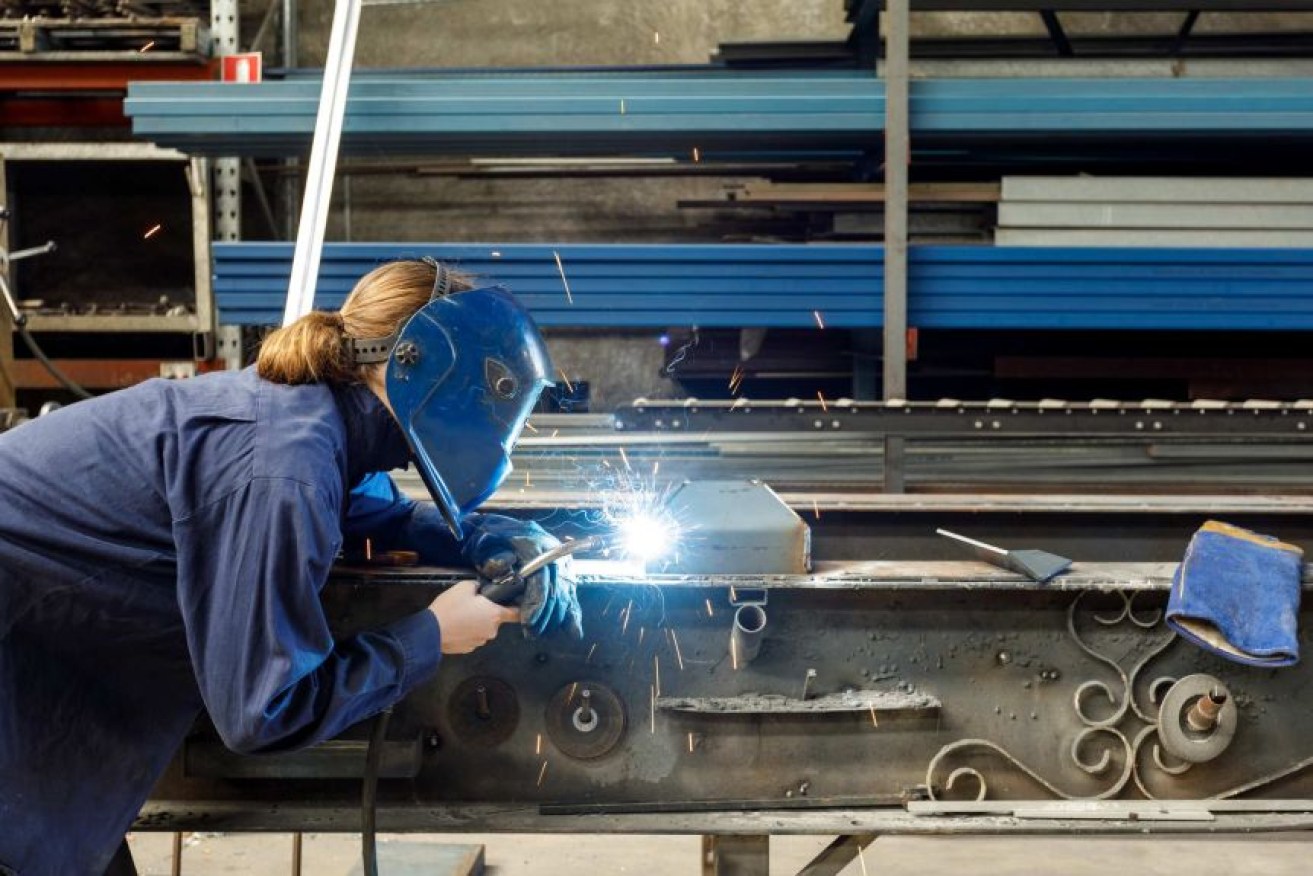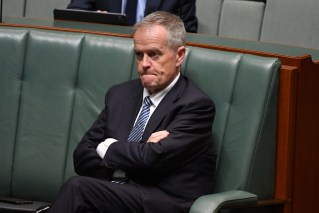Just what we don’t need – another inquiry into the manufacturing sector
Australia’s manufacturing sector isn’t what it used to be. But are endless inquiries and multi-billion dollar strategies really the answer? asks Robert MacDonald


Keeping Austrealian manufacturing alive is a never-ending job. (Getty/Thurtell)
The Australian Senate is holding an inquiry into Australia’s manufacturing sector – yet another one.
Submissions closed a week ago and, predictably, they contain a healthy dollop of self-interested pleading – all in the name of the greater economic good of course.
Official inquiries into the future of manufacturing happen every few years as governments at both state and federal level endlessly struggle with the fact that Australia no longer makes the things it once did – from fridges to cars.
It used to be simple. All you had to do was protect local manufacturers with high tariffs and some extra support for job-heavy industry sectors such as car-making, textile, clothing and footwear.
But then came the global trade liberalisation wave of the latter years of the 20th century, which swamped vast tracts of Australia’s traditional manufacturing landscape with cheaper imports.
Manufacturing’s share of the Australian economy peaked at 30 per cent in the early 1960s. Today it is less than 10 per cent.
It once accounted for a quarter of all jobs. The figure is now around eight per cent.
Manufacturing used to employ more than a million people. Today, its workforce is 15 per cent smaller.
And so we have a steady stream of manufacturing inquiries and strategies, typically a new one every decade or so.
The Morrison Government announced its own Make it Happen: Modern Manufacturing Strategy in last October’s COVID-19-postponed 2020-21 Budget, with initial funding of $1.5 billion, since boosted by another $2 billion.
Which raises the question: why do we need yet another parliamentary inquiry given we’ve already got another freshly minted manufacturing strategy?
Whatever the reason, it has given peak bodies and industry associations a chance to pitch for government support, even if, I would suggest, they don’t really need it.
Take the Australian Automotive Aftermarket Association, which looks after a booming, locally grown industry that makes after-market parts for 4WDs – from bull bars and towbars to suspension kits.
It’s an Australian success story, “with 2,100 businesses employing 73,000 staff in Australia spanning the entire industrial supply chain” and $6 billion in revenue according to the association.
There are local aftermarket product manufacturers in all six states, many of them successful exporters and global leaders in their specialty areas.
It sounds like they’re doing pretty well on their own. Well, maybe but they could be doing a lot better with some government help the association says.
In particular, the association complains that its manufacturing members are shut out of the funding programs contained in the government’s new manufacturing strategy.
That’s because they’re not among the six target priority sectors – space, medical products, resources technology and critical minerals processing, food and beverages, defence and recycling and clean energy.
“Our industry and many other industries are deprioritised and unable to access the funding and support required to operate and grow in a difficult global environment,” the association complains.
In short, “we’re missing out”.
Here’s a thought. If the future’s so bright, why not turn to your existing backers, or perhaps some new ones, rather than taxpayers to fund your dreams.
And what about the Interactive Games & Entertainment Association, which represents the Australian video games industry?
The association argues in its submission that the video games industry, which earned $185 million last year, should be considered as part of the manufacturing industry – it after all employs people locally to make things to sell internationally.
It doesn’t ask for anything specific from the Senate Committee, only that “any recommendations that it eventually makes also reflect on opportunities to boost digital manufacturing sectors like game development”.
But the industry will need to be careful not to be accused of double dipping into the government industry support pool of funding.
In what the association itself describes as “a massive development”, the Federal 2021-Budget announced Australia’s first-ever digital games tax offset – similar to the existing screen industry tax incentives – scheduled to be introduced from July next year.
The association says the move will “spur the creation of brand-new Australian game development studios, give existing Australian studios the support they need to take on ambitious new projects and accelerate their growth, plus attract further blockbuster AAA studios to Australia.”
But still, if there is some more on offer in a new manufacturing strategy, why not try for that as well?
Of course, it makes sense for governments to have clearly articulated and thought through industry development strategies.
But the Australian model has some clear flaws.
The director of Swinburne University of Technology’s Centre for Transformative Innovation, Professor Beth Webster, details some of them in a paper assessing the Government’s latest efforts to support Australian manufacturing.
“While the Modern Manufacturing Strategy shows great promise, Federal Government’s approaches to growing new and emerging services and products has been hitherto patchy and ad hoc in many areas,” she says.
Australia, she says, has a history of short-lived industry programs, with frequent name, guideline and content changes.
Businesses, she continues, find it hard to know about the programs, which are are often amended or cancelled before being evaluated.
Prof Webster concludes with the observation that:
“There is a sophisticated multi-faceted role for government as co-partner in industrial development policy that has been inadequately developed and inconsistently applied in Australia.”
But there’s a second big problem in Australia’s traditional approach to manufacturing policy, which the Productivity Commission points out in its submission to the Senate inquiry.
And it’s this: “Interventions that favour one industry can make the rest of the community worse off”.
“The Commission has long argued that policies supporting particular industries can have large costs in that they allocate resources away from the uses that are most welfare enhancing for the community,” its submission says.
The commission argues governments would be better off concentrating on policy settings rather than picking winners and handing out money to lucky recipients.
But where’s the high-vis vest media opportunity in that?












